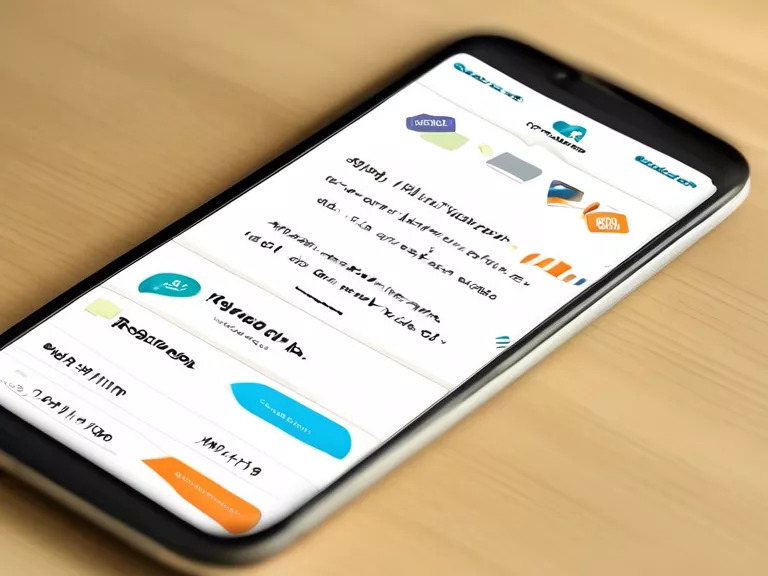
Microlearning is a growing trend in the field of education, with many people debating whether short courses are the future of learning. This article explores the rise of microlearning and its potential impact on the future of education.
Benefits of Microlearning
Microlearning involves breaking down learning materials into smaller, more manageable chunks. This approach can be particularly beneficial for learners who struggle with traditional long-form education. By delivering information in smaller doses, students are more likely to retain the information and stay engaged throughout the learning process.
Flexibility and Accessibility
One of the key advantages of microlearning is its flexibility and accessibility. Learners can engage with short courses at their own pace and on their own schedule, making it easier to fit education into busy lifestyles. Additionally, microlearning can be delivered through various platforms, including smartphones and tablets, making it accessible to a wide range of learners.
Cost-Effective Learning
Short courses are often more cost-effective than traditional educational programs. By focusing on key concepts and skills, microlearning can provide learners with the knowledge they need in a shorter amount of time and at a lower cost. This makes education more accessible to a wider audience, including those who may not have the resources to pursue traditional forms of education.
The Future of Education
As technology continues to advance and the demand for lifelong learning grows, microlearning is poised to become an integral part of the future of education. Short courses offer a convenient, affordable way for individuals to acquire new skills and knowledge, making education more accessible than ever before.



